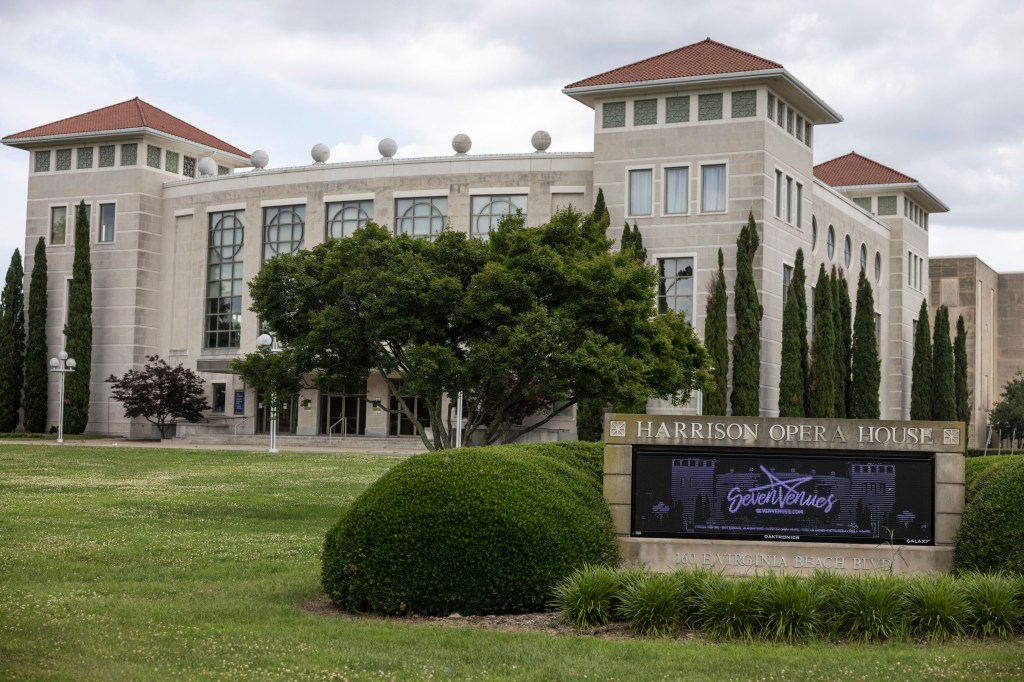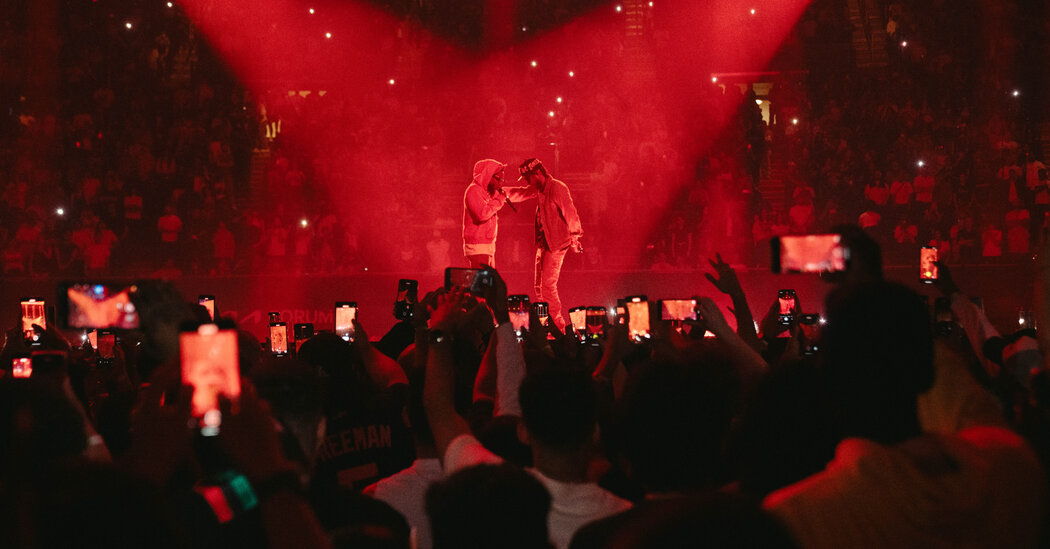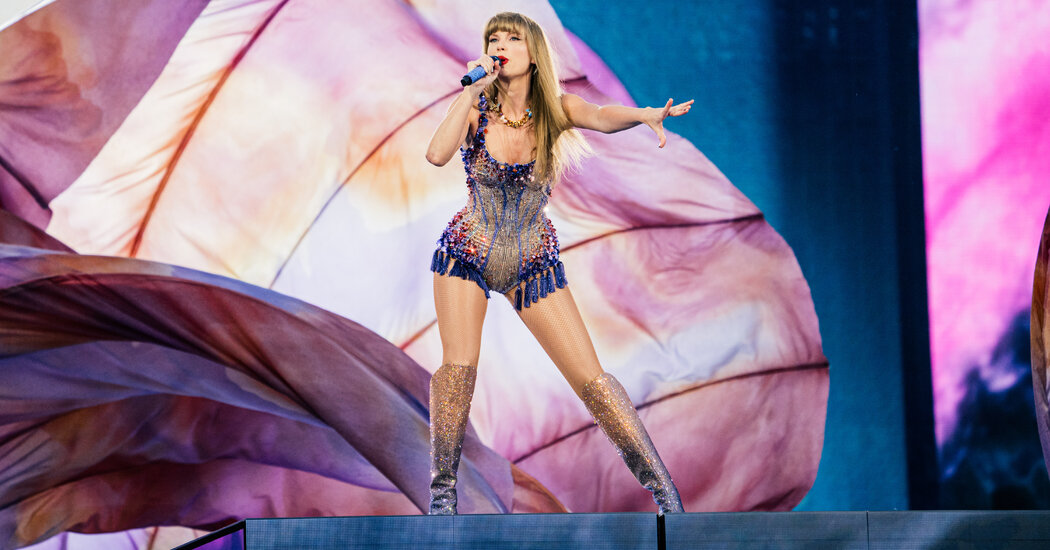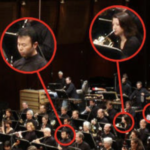‘Dazzling, beautiful and vital’ – Mishka Rushdie Momen on Tudor keyboard masterpieces | Classical music
[ad_1]
Next to my piano, I keep a picture of the Tudor composer William Byrd. Practising can be a lonely business, especially when navigating the ocean of solo repertoire and the sheer multitude of notes a pianist continually has to learn and memorise. Byrd is my constant and reassuring practice companion. In his portrait he seems, to my eyes, kind but melancholy, incisive but temperate.
In all likelihood, though, this image is not actually Byrd. It is a fanciful imagining taken from an 18th-century Italian print. I don’t mind. In a way, I feel this chimes with our role as players, which is, hand in hand with the composer, to animate and recreate the music, not merely to describe or reproduce the text.
When I look at Byrd through the centuries, I am also haunted by other ghosts of the Reformation: all its many casualties of cultural vandalism, whether paintings, relics or entire buildings. In music, with the end of the Latin mass in 1559, many instruments simply fell into disuse. It is tragic how little liturgical organ music has survived the death of England’s Catholic living tradition; in any case, much of this music would have been improvised and never written down or published.
Records at Lincoln Cathedral, where Byrd was the organist, show that in 1569 he was summoned to a meeting concerning “certain matters of objection”. These probably related to over flamboyant organ improvisations which, after the Reformation, would have been considered “popish” in the new puritan environment. Byrd’s salary was docked and an order was issued specifically detailing – and limiting – when and how much he was permitted to play during services. I can easily imagine that his religious keyboard music would have been every bit as inventive and thrilling as his secular dances, variations and fantasias.
I began to devise the programme for my new recording during lockdown. Feeling oddly distanced from the classical and Romantic repertoire I usually love, one day I came across Byrd’s wonderful A minor Fantasia. It knocked me sideways. I immediately set about inhaling all the pieces in Parthenia, the first collection of keyboard music to be printed in England – in 1612-13, a joint endeavour by Byrd, John Bull and Orlando Gibbons. It was surprisingly moving to be exploring masterpieces written in a time of even more deadly plagues and at a time when, like today, people would have been contemplating a profoundly insecure and unpredictable future.
There feels to me something fundamental about this music, almost as if many of the pieces set out to investigate the genetic codes of music itself. With this in mind, I could not resist including also one such piece by the extraordinary Dutch composer Jan Sweelinck, whose work bears testimony to the exchange of musical ideas and influences across Europe. Bull, who moved to Antwerp (fleeing the charge of adultery), helped to disseminate Byrd’s music, which undoubtedly influenced Sweelinck. The latter’s fantasia Ut, re, mi, fa, sol, la is built on two ascending and descending six-note scales – a popular gambit of the time, but from these most basic of building blocks it achieves an incredible fluidity of dialogue between simplicity and intricacy, not to mention its sheer beauty. Other Tudor pieces simply aim to dazzle. Bull’s Walsingham takes a somewhat mournful ballad and builds on it a set of 30 ever more thrillingly virtuosic and exciting variations.
Generally, Renaissance keyboard music is played on the organ or the harpsichord. Very few musicians explore this repertoire on the modern piano, but for me it felt entirely natural and instinctive to do so. I find it a great pity that so little of this vital and glorious music is known to pianists and their audiences.
Ultimately, the musical score is our bible, our primary source, but Renaissance notation is unhelpfully wayward. Sweelinck’s very name is awarded a different spelling every time it appears in the Fitzwilliam Virginal Book (a groundbreaking collection of Elizabethan and Jacobean keyboard music). Bar lines are placed differently from one edition to another; the positions and styles of ornamentation can only be called haphazard; flattened and sharpened notes seem to have been added or omitted with wild abandon.
Newer, carefully edited volumes have helped to make as clear as possible what is thought to have been the composer’s idioms and intentions and enable players to find a way of phrasing, articulation and characterisation that captures the essential spirit of the piece.
For composers in the Renaissance, musical training would have started with vocal writing and then extended to instrumental composition. I feel Byrd’s music in particular stems from a vocal tradition. I often like to think about a passage from A Plaine and Easie Introduction to Practicall Musicke (an educational book by Byrd’s pupil Thomas Morley) that stresses how culturally vital singing was.
Morley describes a fictional gathering where a guest confesses he cannot read music fluently and sing with his fellow guests:
“After manie excuses, I protested vnfainedly that I could not: euerie one began to wonder. Yea, some whispered to others, demaunding how I was brought vp”
To my ear, the rich and resonant sonorities of the modern piano beautifully represent the inflections and timbre of the human voice, and in this way resonate faithfully with Byrd’s sensibilities.
Many composers wrote sets of variations for the keyboard on popular melodies of the day. Songs such as Callino Casturame, or Whoop, do me no harm, good man are quoted in Shakespeare’s Henry V and The Winter’s Tale: it is clear that audiences of the time would have known them. Byrd’s Pavana Lachrymae is a setting of the 16th-century hit song Flow my Tears, by John Dowland, which was so well known that Byrd can sometimes almost completely disguise the tune in his version.
The Tudor period has great imaginative potency for us. For me, the sense of a fundamental, almost tectonic shift from the medieval to the modern age is captivating; one receding era waving goodbye as another emerges. We know so much about Elizabethans great and ordinary. We can reach out and stroke the linings of their clothing, riffle through their legal papers, pass on their gossip, and yet so many more tantalising secrets have been lost to the grave and the scaffold. Often what is most glaringly missing is people’s true, private feelings and inner worlds. Through the profoundly vibrant and affecting music of this era, the period comes to life in full colour, inviting us not only to peer through the window but to join the dance inside.
[ad_2]
Source link






